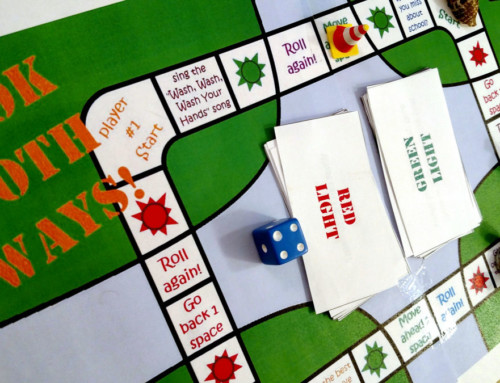By Kristi Picken, APRN, CNS, MS
As the seasons change into the fall and winter, many people notice a significant change in their mood. Seasonal Affective Disorder (SAD) is a type of depression that is related to changes in the season and shortening of the sunlight during the day.
Diagnosing SAD
To be diagnosed with SAD, the symptoms must re-occur over a number of years. Usually people notice these symptoms start in the fall and early winter and get better as we head into the spring and summer. These symptoms are not always just the “seasonal blues” but may be a depression that needs diagnosis and treatment by a mental health professional.
Common Symptoms of Fall and Winter Onset SAD:
- Changes in appetite with especially craving sweets and starchy foods
- Weight gain
- Drop in energy level
- Changes in sleep/wake patterns
- Irritable
- Feeling sad/depressed
- Less interest in activities you once enjoyed
- Increase in PMS ( Premenstrual Symptoms)
Managing Symptoms of Seasonal Affective Disorder
The symptoms of SAD are very treatable. Some treatments should be undertaken under the guidance of a qualified health professional.
Light Therapy
Exposure to a bright light, called phototherapy has been found to be an effective treatment for SAD. The person with SAD will sit in front of a special light box for a specific amount of time each day to decrease the symptoms of depression. It is important to use this light daily for the light to treat the symptoms. The theory behind why the light therapy works for SAD is that researchers feels that the light suppresses the hormone melatonin, helps us reset our internal clock or circadian rhythm that changes in the fall and winter with less sunlight and enhance serotonin.
Psychotherapy or Counseling
Therapy can help look at ways to cope with SAD, learn ways to manage stress, and teach you to change thought patterns that make you feel worse.
Medications
Some people with SAD may benefit from treatment with antidepressants to help mood.
Herbal Supplements
Some people may take herbal supplements prescribed by their mental health or medical provider to help the symptoms of SAD.
Vitamin D Supplementation
Some people who have SAD have found that their Vitamin D level is low and taking this vitamin can help their mood and energy.
Exercise
Routine exercise helps SAD symptoms (see blog post “Moving Away from Diets: The Joy of Movement”)
Healthy Eating
Eating healthy is important for treating SAD and relieving its symptoms. More information on healthy eating is available here (see blog post “Nutrition to Support a Healthy Lifestyle,” August 27, 2015)
References:
- Diagnosis and Treatment of Seasonal Affective Disorder, JAMA, 12/8/1993, vol 270, number 22, 2717-2720
- Rosenthal, Norman (9/10/1994) Primary Psychiatry. Light Therapy: Theory and Practice, pp 31-32.
- SAD Causes. nhs.uk
- Vitamin D. University of Maryland umm.edu
Kris Picken is an Advance Practice Registered Nurse in Private Practice at Cashman Center, Burnsville, MN.






